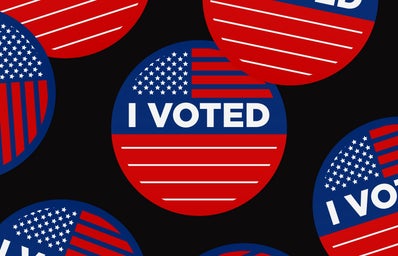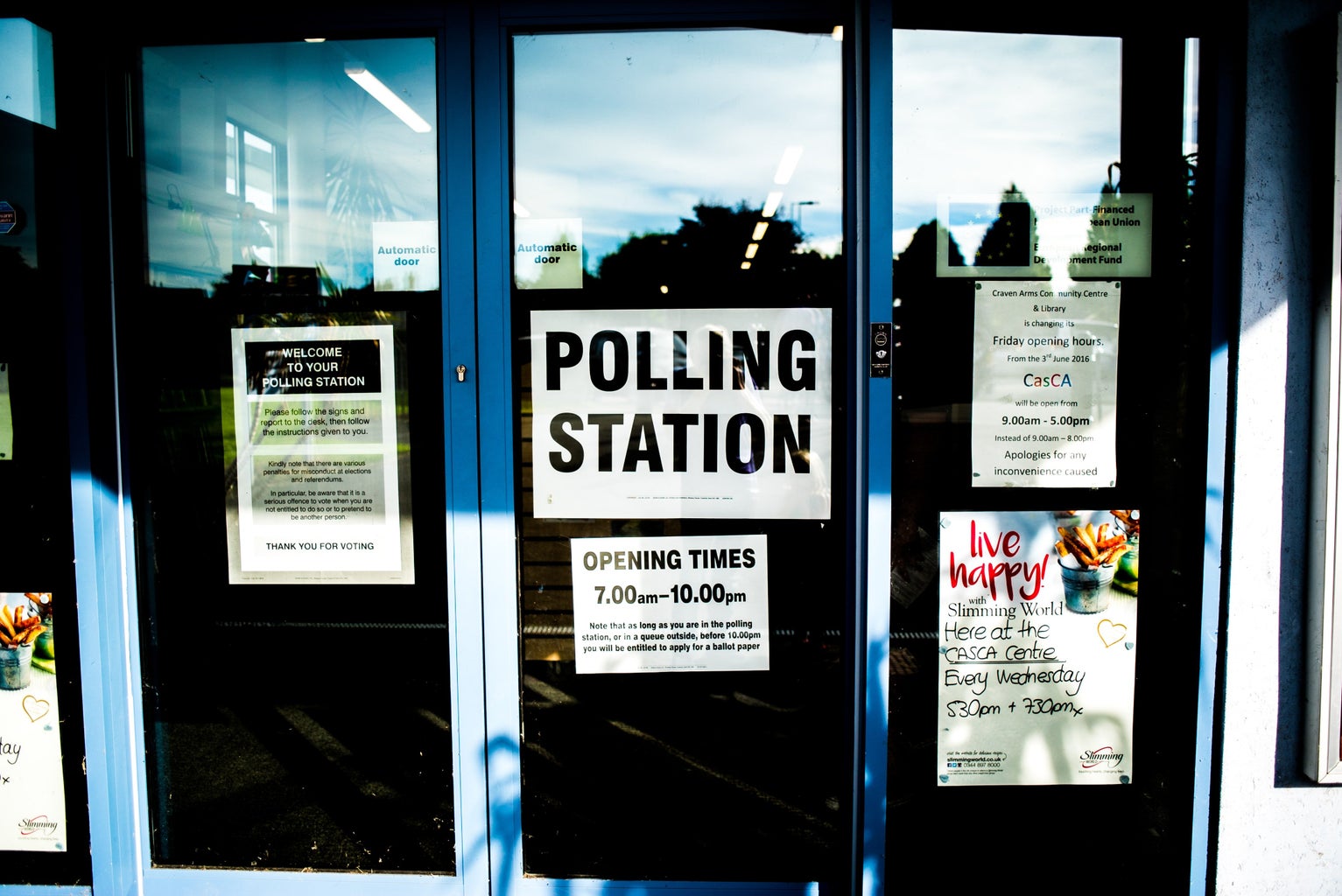Just two short months into 2024, American politics has yet again proven its volatility. The American political landscape has seen congressional gridlock, fiery Republican primary debates, and court hearings of a former president all months before the year’s main event — the 2024 general election. Occurring on Tuesday, November 5th, 2024, the general election feels years away — but the work starts now, in our primary elections.
For those who don’t know, a primary election is an election in which voters choose who will end up on the ballot for the general election in November. There are different types of primaries, but California implements a top-two primary system, in which all candidates are listed on the ballot and the top two candidates advance to the general election. California also has open primaries, in which any registered voter can vote in the primaries, regardless of partisan affiliation. Other states have closed or semi-closed primaries which are primaries with restrictions based on party affiliation.
Primary election day in Santa Barbara County is March 5th, 2024, also known as Super Tuesday. Super Tuesday is the day on which many Primary elections are held all across the United States. This year, 15 other states and territories will also be holding their primary elections on Super Tuesday.
Primary voting turnout is consistently low. According to a study conducted by the Bipartisan Policy Center, “nearly 80% of eligible voters don’t participate in primaries.” This turnout rate is often worse with the youth vote, with USC’s School of Public Policy finding that only 17.1% of eligible voters between the ages of 18 and 24 voted in the 2016 primary elections.
The youth vote turnout has been steadily increasing in general elections. An estimated 55% of youth voters participated in the 2020 election, an 11% increase from the 2016 cycle. This near-historic turnout in comparison with the 17.1% of voters who participated in the primary is disappointing, but it shouldn’t be surprising.
There is a type of political apathy that exists most potently on college campuses, especially in a space as beautiful and idyllic as Isla Vista. We exist in this weird in-between of adulthood and childhood, and that often translates into political ignorance. But this isn’t a luxury for every student, especially not those in marginalized communities. People who try to “stay out of politics” don’t understand that for many of us, our bodies are political.
In addition to general apathy and ignorance, there is often a sense of hopelessness that voters feel in times of extreme polarization. When cruel laws are passed or corrupt individuals are elected it’s easy to feel that there’s no point in participating in a system that is fundamentally broken. And that may be true in the general election, but primary elections are a space where the system allows for a diverse showing of opinion.
California primaries embody the sometimes corny phrase: “Your vote is your voice.” It’s a space that isn’t restricted by party lines, you can vote for who you think will be the best candidate, not necessarily who you “have to” vote for to beat the opposing candidate. That may be true of the general election (that’s a discussion for another time), but certainly not for primaries.
Hopefully, you’re feeling empowered; you’re eager to go vote on March 5th, ripping open that mail-in ballot, and doing your research. But before we get to the actual voting, here are some extra (Santa Barbara County-specific) tips and tricks for your primary voting experience.
Voter registration
The official deadline to register to vote in time for the Primary elections was February 20th, 2024. However, if you missed the deadline, you can register conditionally and vote at any Polling Place or Elections Office in Santa Barbara County. This has to be done in person but can be done remotely if you are a military voter, an overseas voter, or a voter with a disability. For more information on remote conditional voter registration, you can contact the Santa Barbara County election support.
You can check your voter registration status online here.
Researching Candidates
California no longer implements “absentee voting,” meaning every registered voter is mailed a ballot, regardless of whether or not the individual requested it. If previously registered, you should receive your mail-in ballot by mid-late February, along with a packet of information on presidential candidates, different state measures, and local elections. Election literature is extremely helpful for evaluating the candidates and measures you want to support. Doing research allows you to make informed decisions and know what and who exactly it is you’re voting for.
One of the most important races in this election is the race for Senator. After the passing of long-serving Californian senator Dianne Feinstein in September, the question of who would replace the veteran Democrat moved to the top of the ballot. Three democratic congressmen have vied for the seat since November — Adam Schiff, Katie Porter, and Barbara Lee.
The three campaigns are concerned about the primary and the possibility of low voter turnout, and what it could mean for the general election in November. The Democratic vote is split between three candidates, while Republican candidate Steve Garvey has the full support of the Californian Republican base. If turnout is as low as expected, Garvey could come out on top in this year’s primary. A Republican hasn’t won a Senate race in California since 1988.
You can find a comprehensive guide to voting, including information on ballot measures, candidates, and polling locations here.
Voting Basics
There are three main ways to vote: in person, by mail, or via drop box. If voting by mail, the ballot must be postmarked by Election Day at 8 pm. It is generally encouraged to mail in your ballot a week before election day to make sure that it is received on time. This article will come out after this recommended deadline, but you can still drop off your ballot at a drop box, polling location, or county elections office. More guidelines about voting by mail can be found here.
Drop box voting is an in-between method of voting by mail and in person. After filling out your Vote by Mail ballot, seal it up in the return envelope, and simply drop it off at a ballot drop box. Drop boxes are located throughout the county, are open 24 hours, and close at 8:00 pm on election night. There is even a ballot drop box on campus, outside of the Student Resource Building (SRB). You can find more information about drop boxes here.
You can also vote in person at several polling locations in Santa Barbara County. You can find your polling location here, and find more information about in-person voting here.
GOTV!
The ins and outs of primary voting can be overwhelming, so I hope that this simplified guide has made things a little easier for you. It can feel like too much work to do research or make time in the day to go to a ballot drop box. But elections and voting are extremely important. This election will set the stage for the 2024 general elections, and the stakes are too high for complacency.
Get out the vote on March 5th Gauchos!







